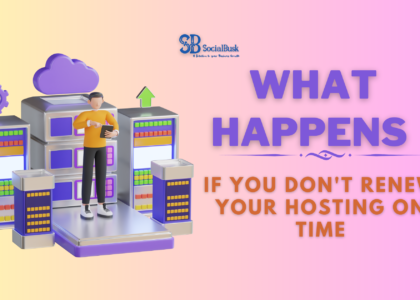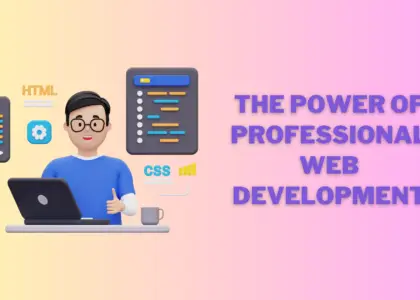Introduction
In today’s digital age, websites are the gateways to information, services, and products for billions of people around the world. However, not everyone accesses the internet in the same way. Some users have disabilities or impairments that can make navigating websites a challenging experience. This is where website accessibility comes into play.
In this article, we will explore the crucial role of website accessibility in enhancing user experience and how it can benefit both users and website owners.
Understanding Website Accessibility
Website accessibility refers to the practice of designing and developing websites in a way that makes them usable and understandable for all users, including those with disabilities. Disabilities can take various forms, including visual, auditory, motor, and cognitive impairments. To provide an inclusive online environment, website designers and developers need to ensure that their websites are accessible to everyone, regardless of their abilities.
The Impact on User Experience
Improved Reach and Inclusivity
One of the most significant benefits of website accessibility is the expanded reach and inclusivity it offers. When a website is accessible, it can be used by a broader audience, including individuals with disabilities. This not only helps website owners reach a larger user base but also contributes to social inclusivity.
Enhanced Usability
Accessibility features like clear and consistent navigation, descriptive alt text for images, and keyboard-friendly designs benefit all users. Websites that are easy to navigate and understand provide a better overall user experience, making it more likely for users to stay engaged and explore the site further.
Boost in SEO
Search engines like Google prioritize accessible websites in their search results. This means that websites with better accessibility are more likely to rank higher, increasing their visibility to a broader audience. This boosts organic traffic and can lead to higher conversion rates.
Legal Compliance
Many countries have implemented laws and regulations that require websites to be accessible to all users. Failing to comply with these regulations can result in legal repercussions and fines. Ensuring website accessibility not only benefits users but also helps website owners avoid potential legal issues.
Positive Brand Image
Demonstrating a commitment to inclusivity and accessibility can enhance a company’s brand image. Users are more likely to trust and engage with businesses that prioritize accessibility, as it shows a dedication to providing a positive experience for all customers.
Increased Conversions
A more accessible website can lead to higher conversion rates. When users can easily navigate your site and access information or make purchases, they are more likely to take desired actions. This, in turn, can boost sales and revenue for businesses.
Website Accessibility Features
To create a truly accessible website, consider implementing the following features:
Alternative Text (Alt Text) for Images: Adding descriptive alt text to images allows screen readers to convey the content to visually impaired users.
Keyboard Navigation: Ensure that all website functions can be accessed and operated using a keyboard alone, without relying on a mouse.
Readable Fonts and Text Size: Use clear, legible fonts and allow users to adjust the text size to their preference.
Color Contrast: Maintain adequate contrast between text and background colors to assist users with visual impairments.
Video Captions: Provide captions or transcripts for videos to make content accessible to users with hearing impairments.
Accessible Forms: Design forms with clear labels, error messages, and easy-to-use input fields.
Responsive Design: Ensure that your website is responsive and adapts to various screen sizes and devices.
Semantic HTML: Use proper HTML markup to enhance the structure and accessibility of your content.
Conclusion
Website accessibility is not just a nice-to-have feature; it’s an essential element for creating a positive user experience and reaching a wider audience.
By implementing accessibility features, you not only improve usability for individuals with disabilities but also benefit your business through better SEO, increased conversions, and a positive brand image.
To ensure your website is accessible to all users, consider seeking the expertise of accessibility professionals. They can provide valuable insights and guidance on making your website inclusive and compliant with accessibility standards.
If you’re ready to take the next step in improving your website’s accessibility, don’t hesitate to book a call with our experts or visit our website at socialbusk.com. Our team is dedicated to helping you create an inclusive online environment and unlock the full potential of your website.






